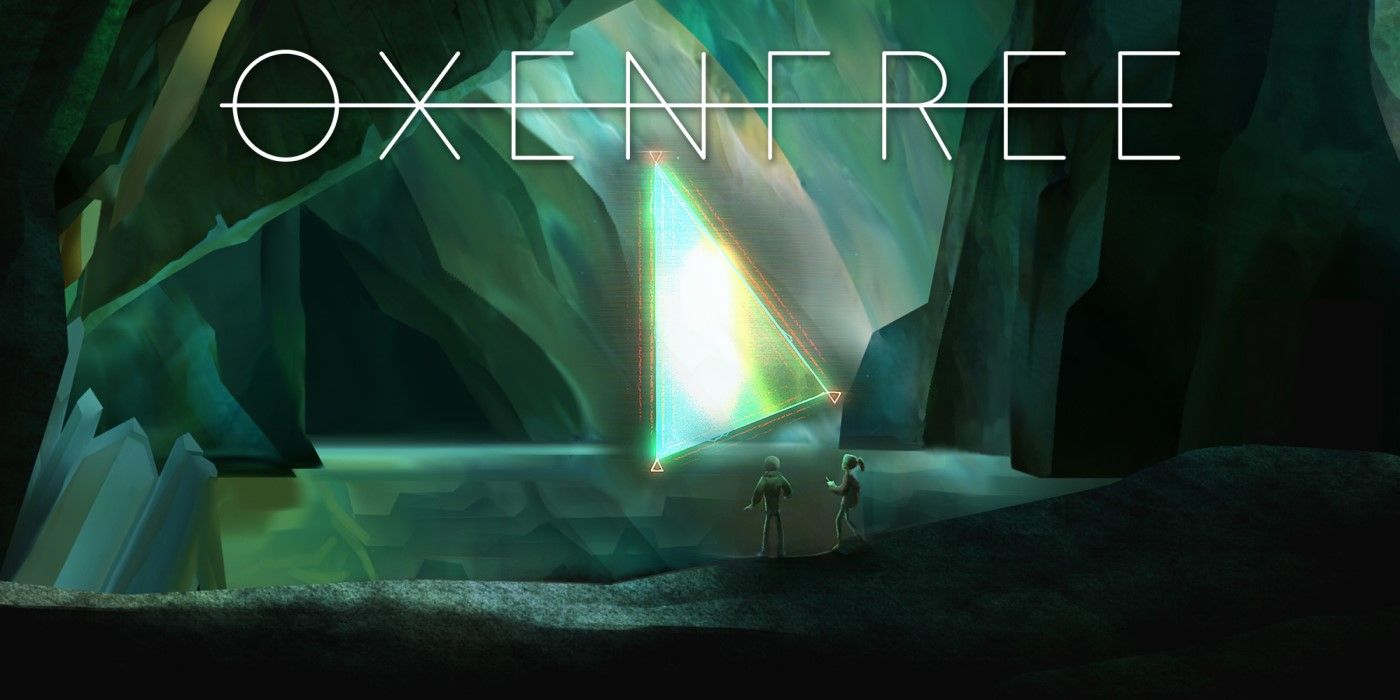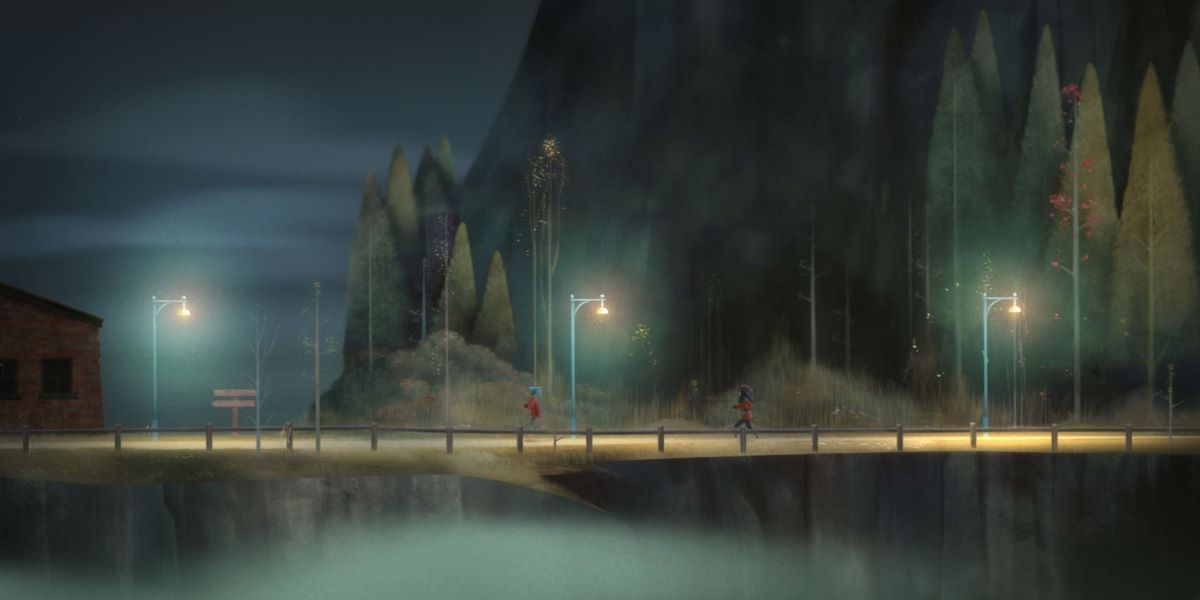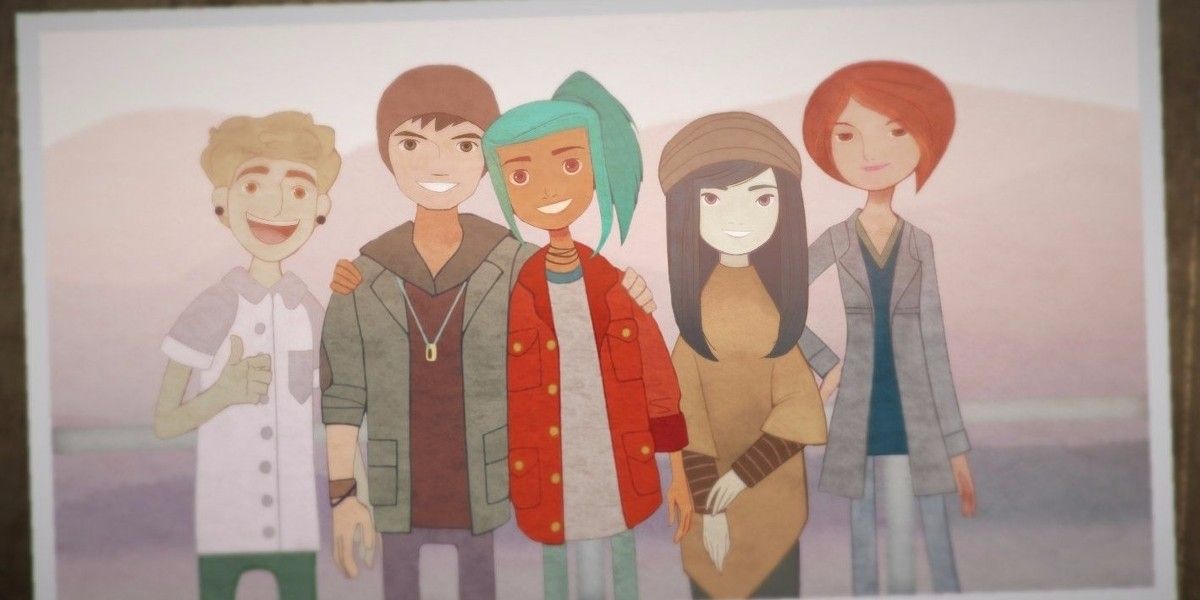Night School Co-Founder Discusses Oxenfree's Impact After 5 Years

Even when it first debuted in 2016, Oxenfree was already a highly anticipated game. Now, after five years, the community and support surrounding the game has only grown and prospered. The game follows the story of Alex, a young, rebellious teenager who brings her new stepbrother to a party on a decommissioned military island. She grew up visiting there, but this visit is different from all the others, as she accidentally opens a ghost rift. It’s a coming-of-age story that also heavily involves supernatural elements and definitely makes for an interesting game.
There aren’t necessarily different endings to the game, but there are different outcomes that can occur based on player’s choices throughout Oxenfree. A core mechanic of the game is conversations between the characters, which can make or break their relationships. After 5 years, Oxenfree still has dedicated fans and players, some discovering it for the first time. Now, in an interview with Game Rant, Night School Studio co-founder Adam Hines discusses what sets Oxenfree apart from other indie horror games and its impact over the last 5 years.

At its core, Oxenfree is a game about a teenage girl trying to find her way and navigate some intriguing situations, some of which are more abnormal than others. When asked about how the developers settled on the story that they did for Oxenfree, Hines explained that the game almost had a different otherworldly element. Instead of supernatural ghosts, Night School could have implemented aliens and outer space creatures instead.
We thought at first that the game could be about aliens, probably because it was easier to think of stories that combined small town troubles with outer space creatures than with vengeful ghosts. But we ultimately gravitated towards telling a scary ghost story with the modestly plausible-sounding, “Now, how does all of this actually make sense?”-ness of something sci-fi.
As for how people are still finding the game 5 years later, Hines thinks its main appeal may be relatability. Alex is easily a representative of the transition from teenagerdom to adulthood and the unease it can cause. Though, she does have to deal with a ghost rift, so maybe her story isn’t as relatable in that aspect, but it does keep “you interested once you know all the characters’ names.”

What they really wanted Oxenfree to be was a game focused on the environment and player-driven conversations that were both natural and uninterrupted. The effects of this want are evident in the game, as it’s absolutely stunning visually. The environments serve to make the characters seem small and unprepared, which is exactly what they are as teenagers stuck on an island with nothing but a radio to fight off ghosts.
To capture the atmosphere and tone they wanted, Hines said there were a lot of film comparisons. Oxenfree was set in the Pacific Northwest specifically because of The Goonies, and other environmental influences included John Carpenter’s The Fog - though Hines said the only effect the movie may have had was making the game cloudy.
As for character creation, Oxenfree is really supposed to make players feel like a teenager, which it does very well. Players meet Alex, Jonas, and Ren as they’re taking the last ferry to Edwards Island for an illegal sleepover bonfire, kind of the quintessential rebellious teenager story. The point of Oxenfree isn’t to scare players so much as it is to make them feel ill-prepared to take on the supernatural ghosts that want to harm the teens.
Camera distance helps with that, too, as the characters are very tiny on screen, which gives the landscape a lot of room to breathe. This makes for a different perspective for something frequently creepy.
In its 5 years since release, Oxenfree has received positive reviews from critics and fans alike, even leading to mobile and console releases for the game. Even though it’s been 5 years, Oxenfree is still a fun game to play, whether it’s the first time or otherwise.
Oxenfree is available now for Android, iOS, PC, PS4, Switch, and Xbox One.

Post a Comment